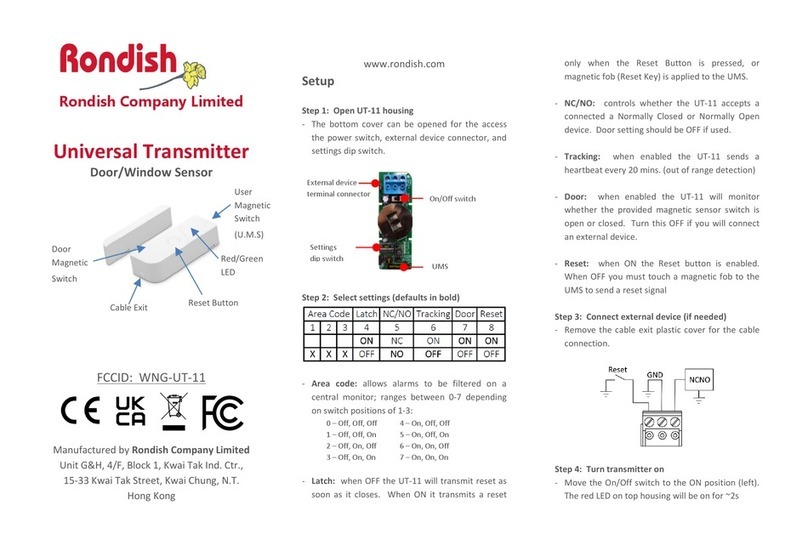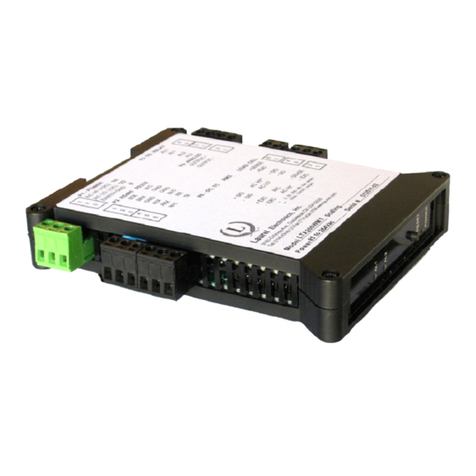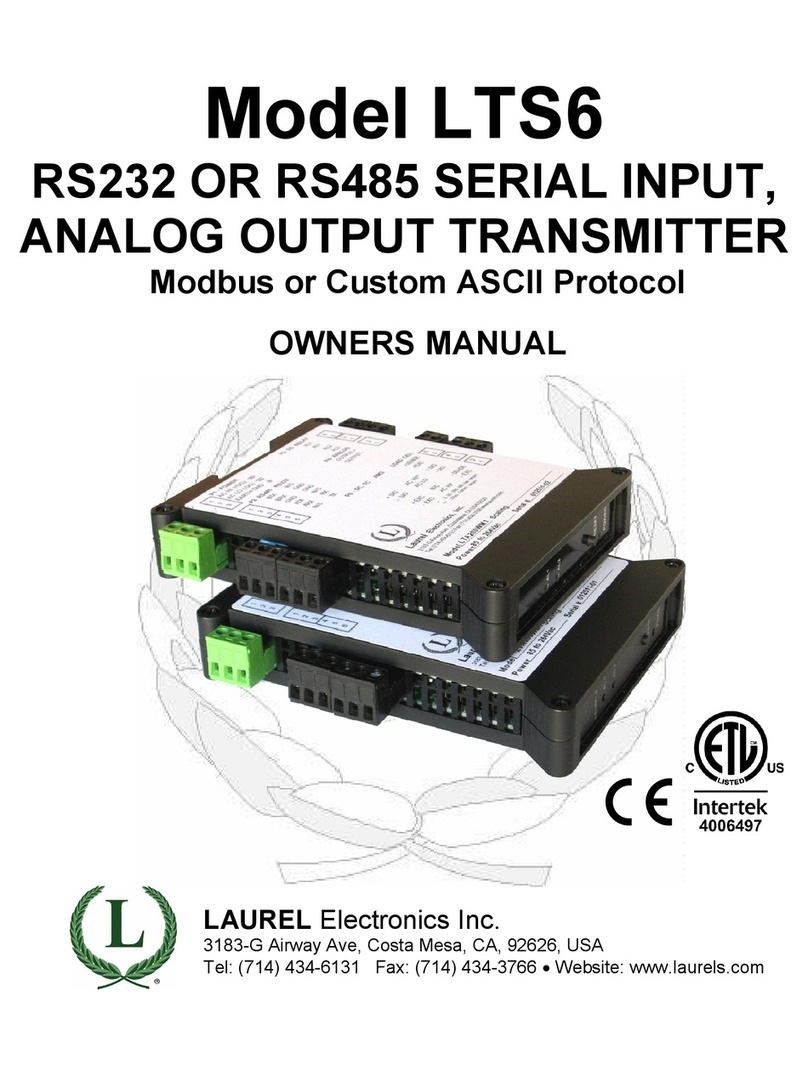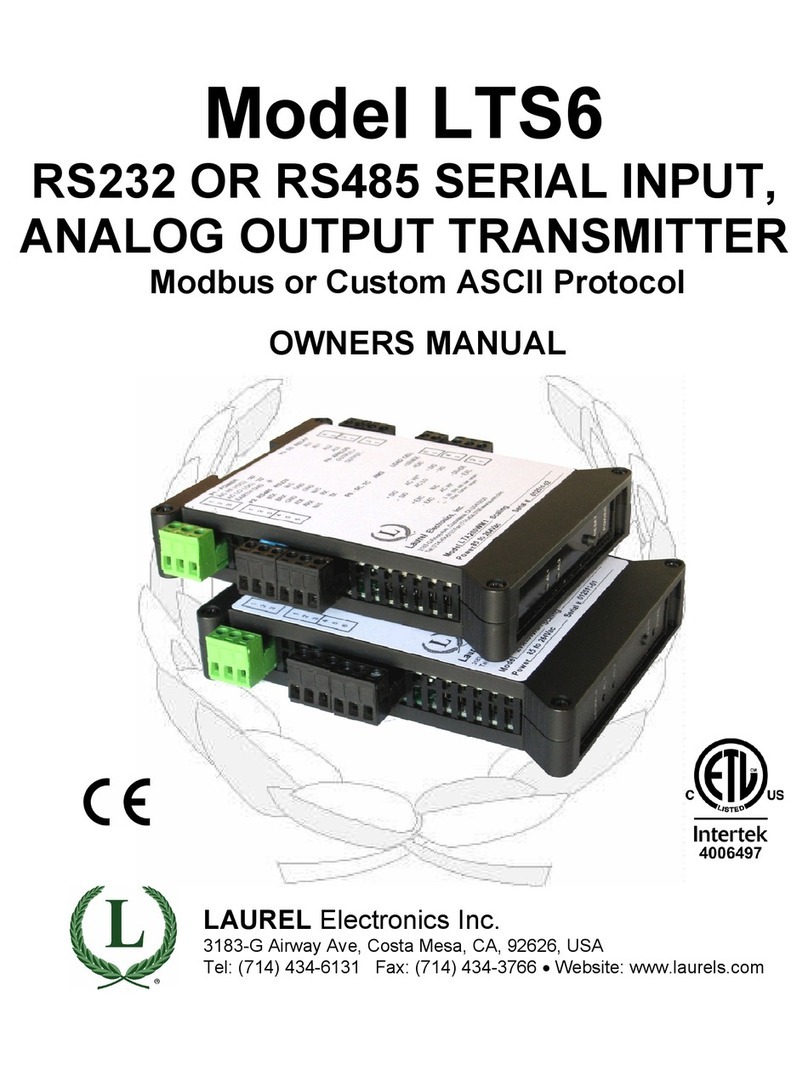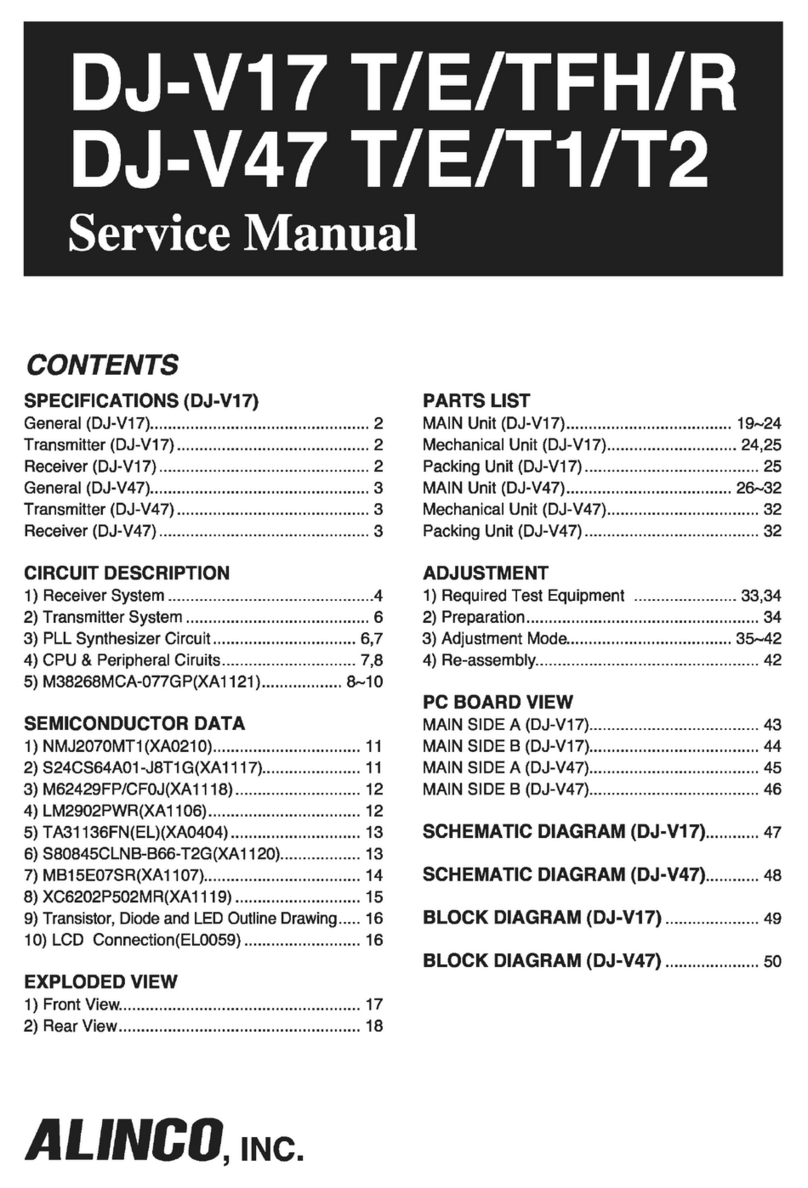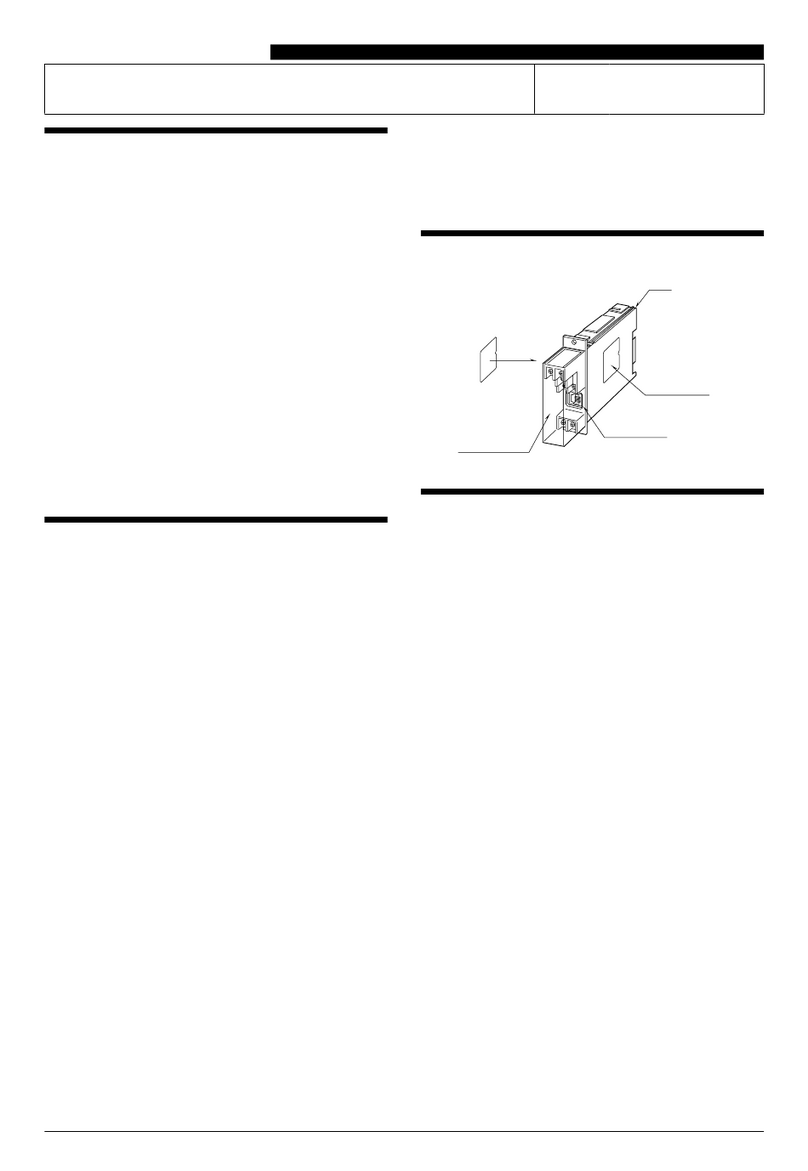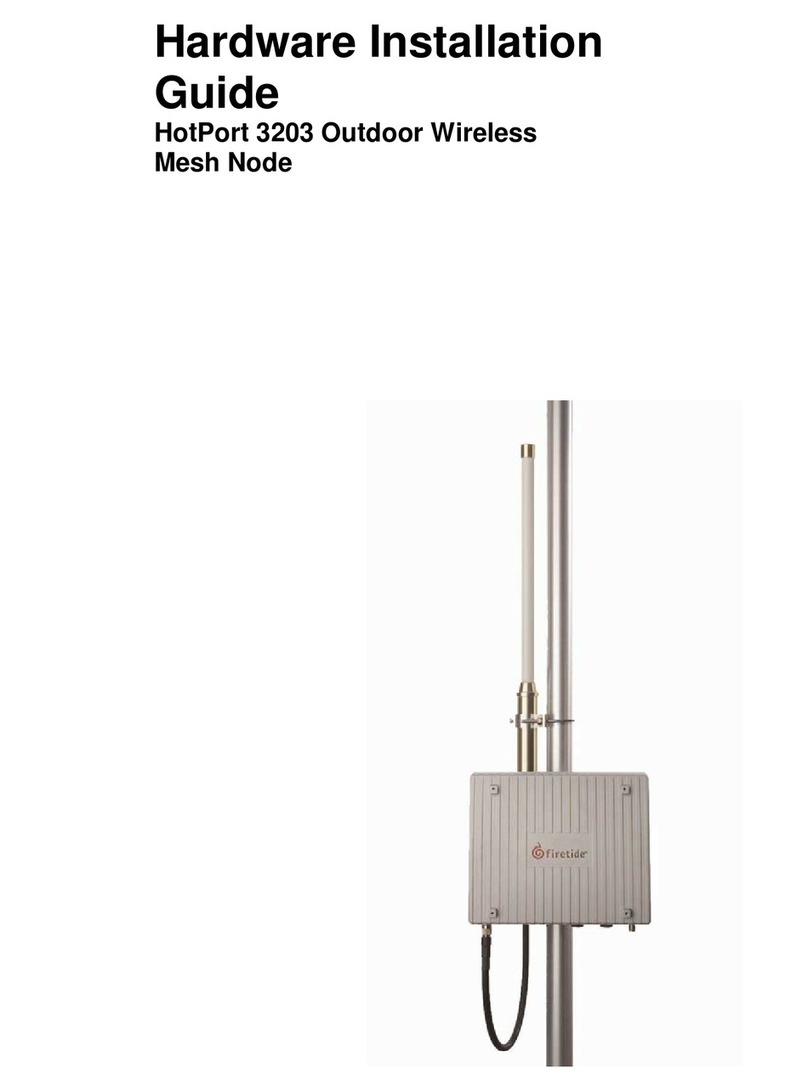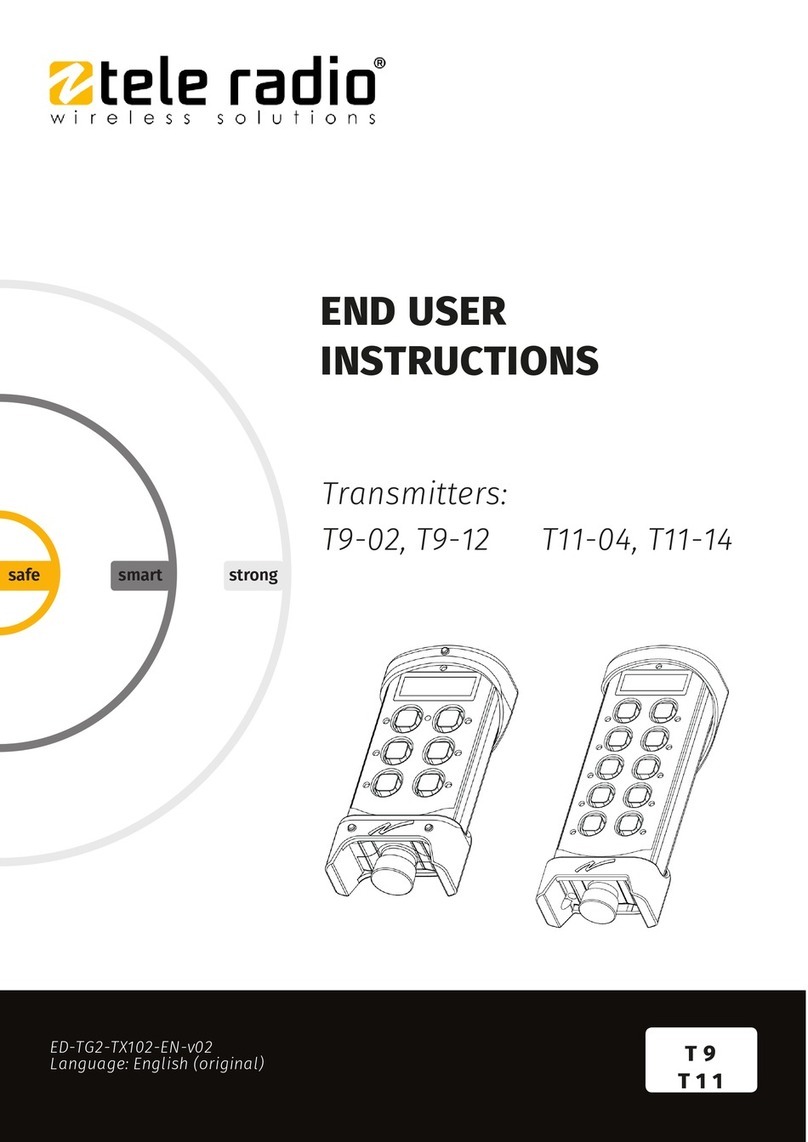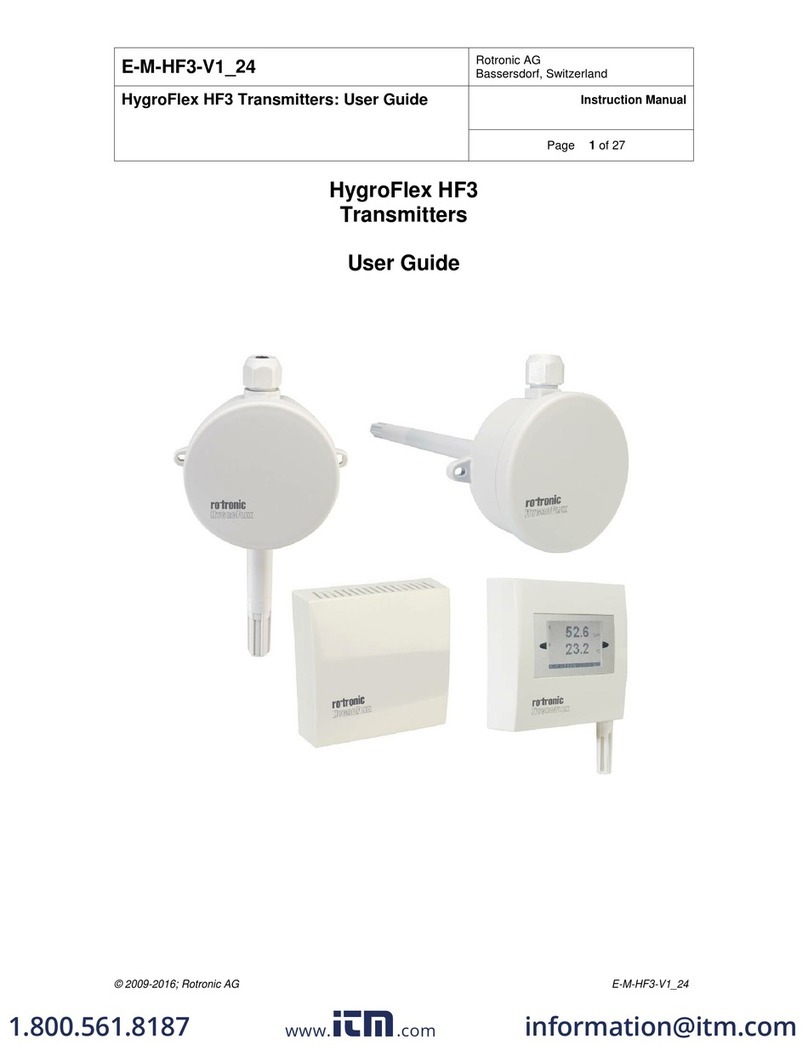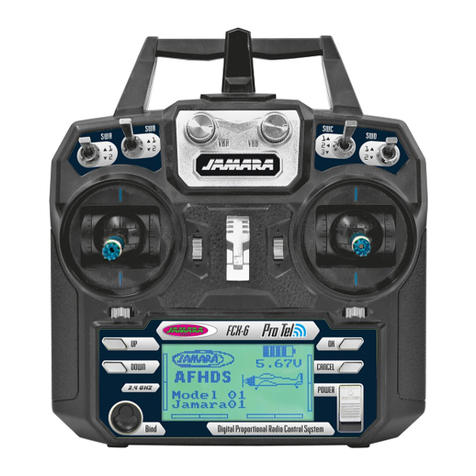
- 2 -
1. ORDERING GUIDE
Configure a model number in this format: LT60VF1, CBL04
LT ... Pulse input transmitter with 4-20 mA, 0-20
mA, 0-10V or -10V to 10V isolated analog
output, isolated RS232 or RS485 serial
data output (Modbus or Custom ASCII
protocol), two isolated solid state relays,
and isolated transducer excitation output.
Default jumpered for 10V excitation.
LTE
.
.Pulse input transmitter with 4-20 mA, 0-20
mA or 0-10V isolated analog output, iso-
lated Ethernet serial data output (Modbus
or Custom ASCII protocol), two isolated
solid state relays, and isolated transducer
excitation output. Default jumpered for 10V
excitation.
Main Board
6 ............................... Standard pulse or AC input
8 ............................... Extended pulse of AC input
Please see notes for “Extended.”
Power
0 ....................................................... 85-264 Vac
1 .................................... 12-32 Vac or 10-48 Vdc
2 ..........................................Power over Ethernet
(LTE only)
nput Type
FR .................. .. Dual Channel Pulse or AC Input
Standard main board
Frequency (2 channels), rate (2 channels), total
(2 channels), period, stopwatch, time interval.
Extended main board
Above plus rate and total simultaneously, linear-
ized inputs using up to 180 points, arithmetic
functions applied to channels A & B (A B, A-B,
A*B, A/B, A/B-1), phase angle, duty cycle, up/
down counting, batch control.
............................. .. 4-20 mA Process Input
VF2 ............................... .. 0-1 mA Process Input
VF3 ................................. .. 0-10V Process Input
VF4 ............................................ .. Custom Input
Standard main board
Rate or total from analog process signals.
Selectable square root extraction for use with
differential pressure flow meters.
Extended main board
Above plus rate and total simultaneously (analog
totalizer), custom curve linearization using up to
180 points, batch control, and time based on
rate.
QD .................................................. .. Quadrature
Standard main board
Position or length from encoders. Accepts diffe-
rential or single-ended inputs: 1x, 2x or 4x, plus
zero index.
Extended main board
Above plus bidirectional rate (rate and position
or length are not simultaneous).
ACCESSOR ES
CBL04 ...... RS232 cable, 3-pin connector on
transmitter end, DB9 connector on
computer end.
CBL02 ...... USB to DB9 adapter cable.





